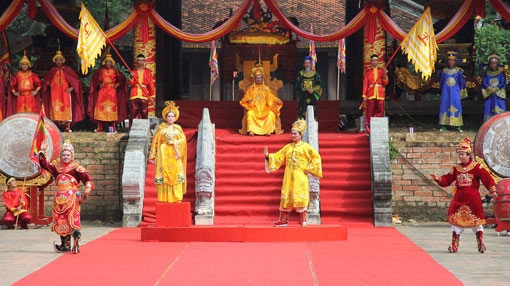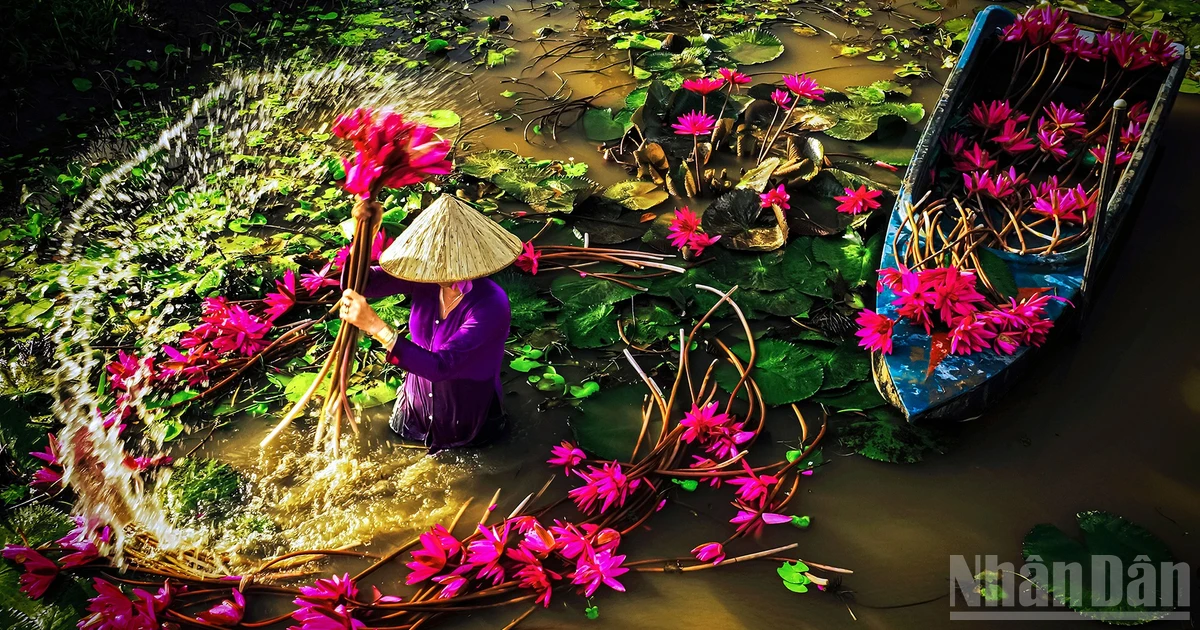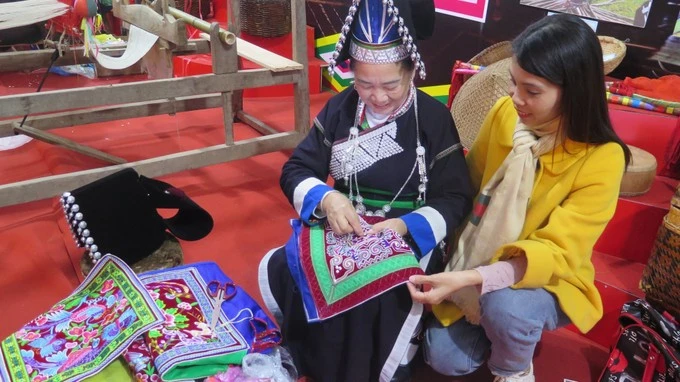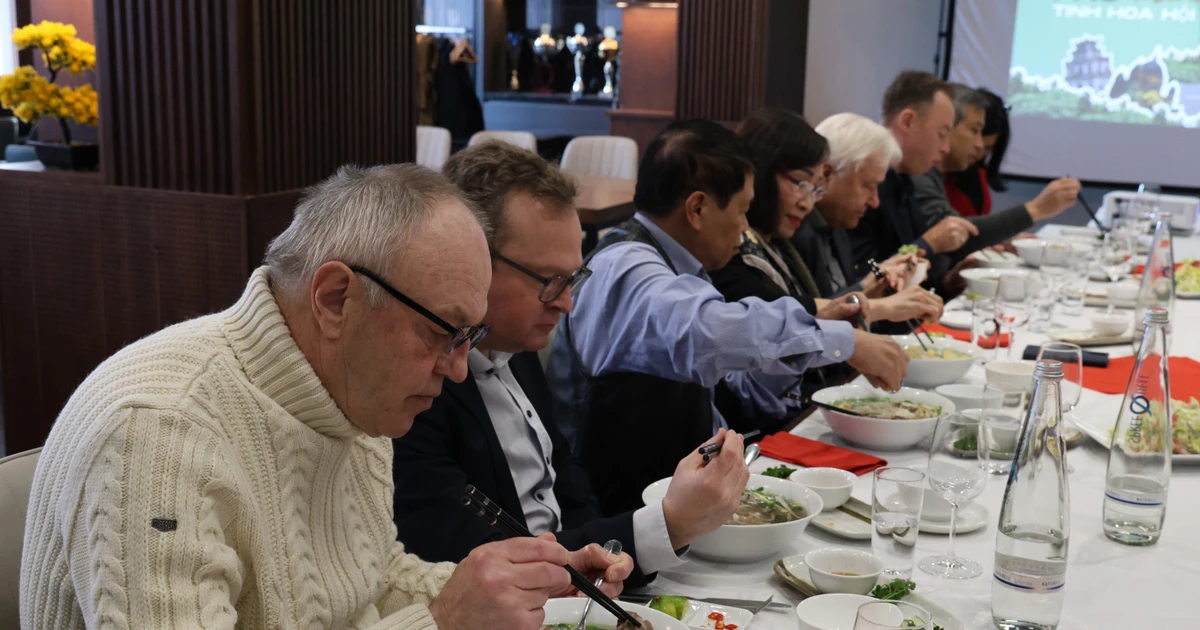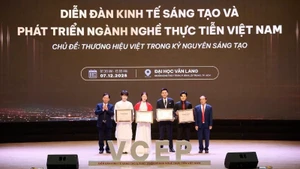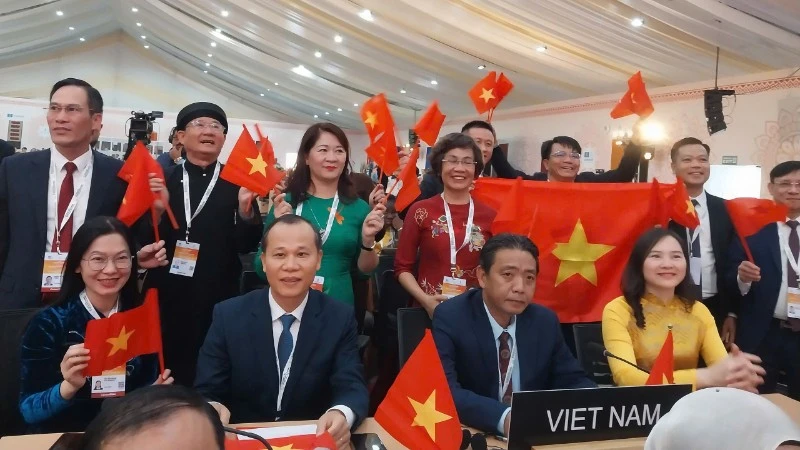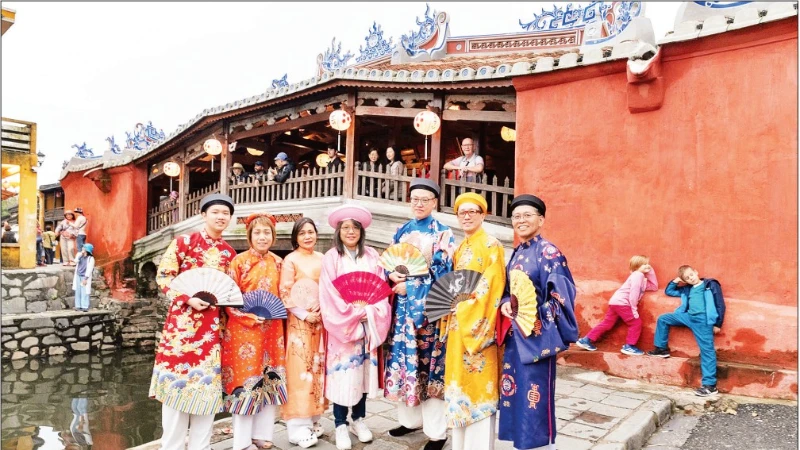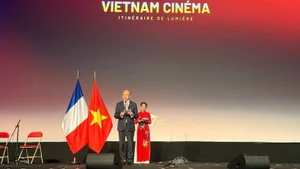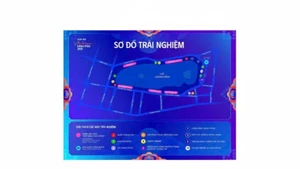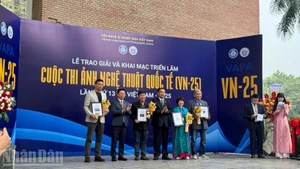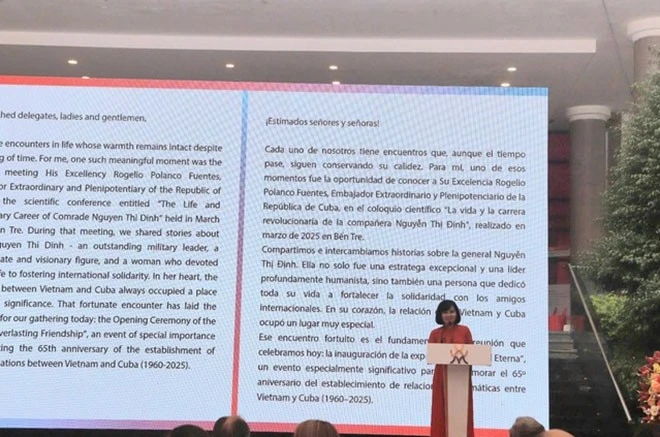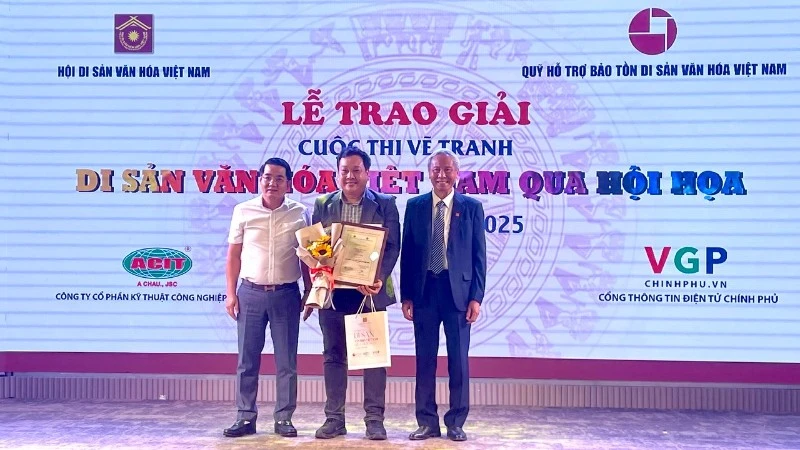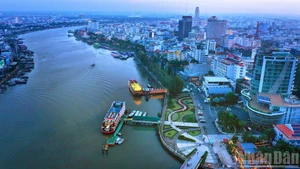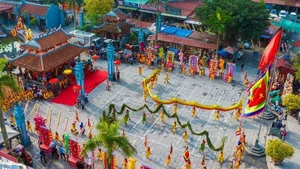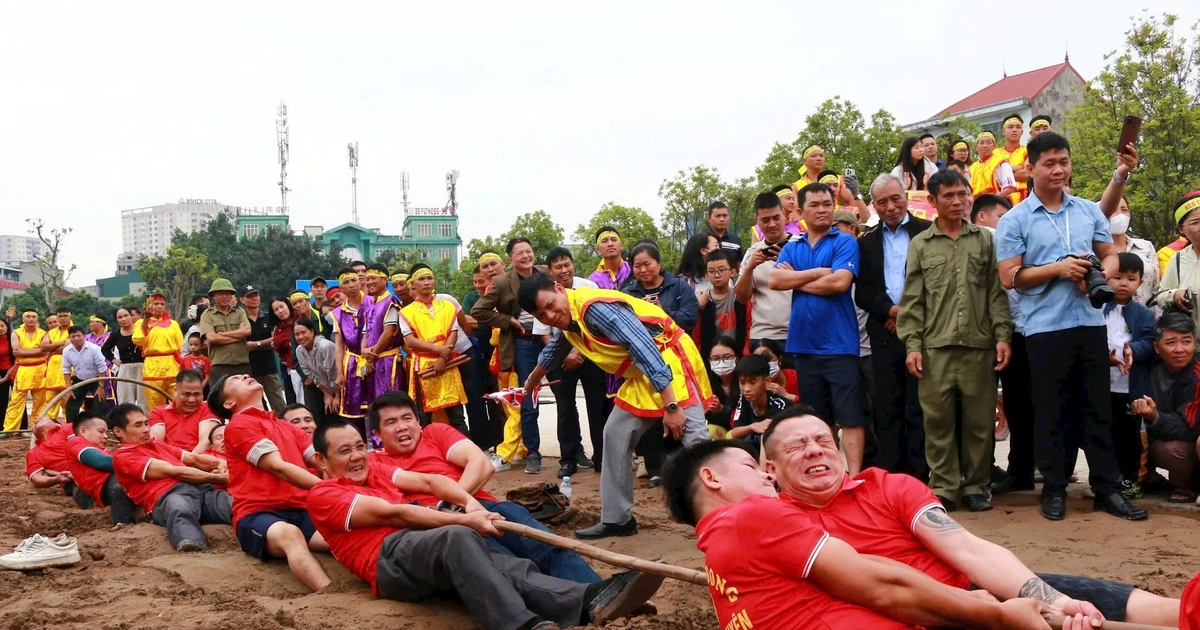The festival saw the attendance of thousands of visitors from throughout the country who arrived early to pay respects to Le Loi, his fellow soldiers, kings of the Later Le Dynasty and other national heroes.
After the formal rituals came the re-enactment of the Lam Son Uprising that ended the 20-year occupation of Vietnam, then known as Dai Viet, by the Ming invaders from 1407 to 1427.
There was also a re-enactment of the enthronement of the Later Le Dynasty Kings and development of the country under the rule of Le Kings.
According to history, in 1428 Le Loi and his countrymen in Lam Son, present-day Thanh Hoa province, staged a rebellion against Ming occupiers, which culminated in success in 1427 with the Chi Lang-Xuong Giang Battle.
Le Loi assumed the throne and established the Later Le Dynasty, a period when Vietnam reached a pinnacle in the development of sectors ranging from economy and culture to education and military power.
